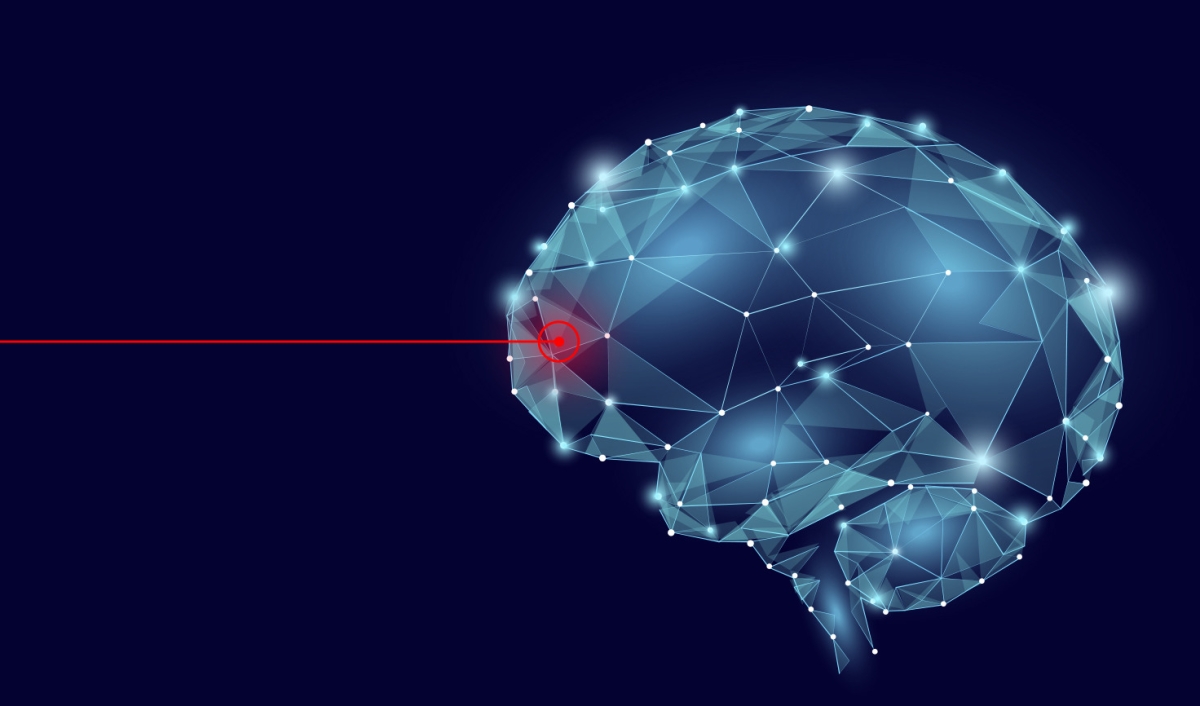The norm back in the ‘90s when software started to conquer the business world, was difficult rollouts and having to deal with unreliable upgrades full of defects. Developers had to do also solid manual testing to the software apart from developing it. Outsourced software testing was a more in-depth, progressive version of manual testing that came to cover needs of the market.
Finally automated testing entered the game offering high-volume performance, accurate feature and load testing. Soon after software quality in production was ensured thanks to the automated software monitoring tools emergence. Test automation, monitoring, AI and machine learning are being adopted at a rapid pace and replaced the existing norm accelerating software quality and adoption.
AI model development is at a similar flex point however many years after the 90s quality varies and malfunctions still occur. Gartner estimates that 85 percent of AI projects fail and one reason for that is slow, manual testing done by data scientists that lead to blind spots.
AI was primarily used to facilitate everyday life purposes such by offering for example, movie recommendations, delivery ETAs etc, but after a short while it became the basis for models, like credit scoring models, that engage in financial businesses and have a big impact in peoples’ lives and economy.
Organizations had to suddenly face the unexpected market conditions of COVID-19 pandemic and the fact that they accomplished to break their software models and leave them with outdated variables that no longer made sense. The need of digital transformation and AI ROI (Return on Investment) can only be fulfilled with automated testing and monitoring.
Emulation of testing approaches in software development
The complex nature of AI bugs exposes how much AI development tools are unprepared for dealing with high-stakes use cases. AI bugs are statistical data anomalies and not functional bugs, so testing AI models require significantly different processes than testing traditional software. AI blackbox makes it even harder to identify and debug them.Machine Learning’s technical challenges aren’t present in traditional software. These are mainly its black box nature, model reliability, unsoundness and drift.
Problems may occur in the AI, ML and synthetic training data set as they need to be specifically formulated for the industry and model type, tailored for a purpose, in order to work correctly. On the other hand, generic software testing data can work across different types of applications.
Taking proactive steps to ensure AI model quality
To make automated testing and monitoring work into the AI model lifecycle and have a successful adoption of AI you need to take proactive steps as part of a solid AI model quality strategy. This model contains four categories:- Real-world model performance, including stability/monitoring and reliability, and segment and global performance.
- Human/Social factors, including privacy, transparency and security
- Operational factors, including collaboration and documentation
- Data quality, including missing and bad data
